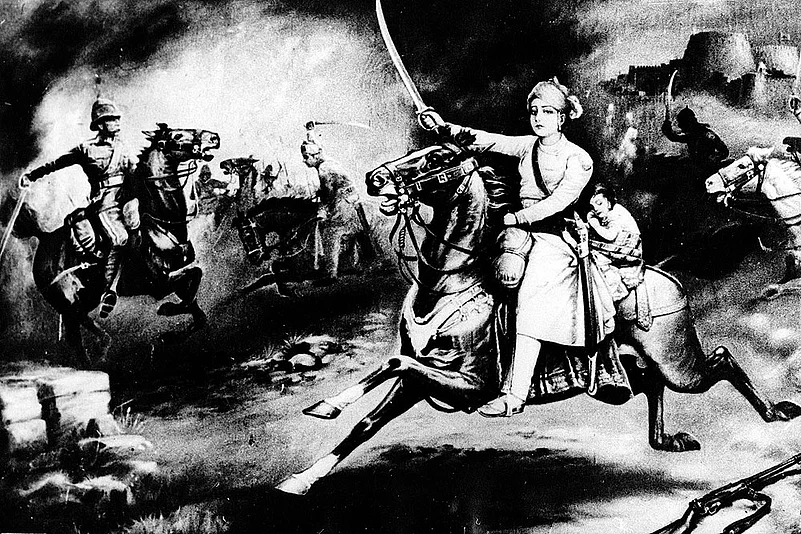Even the terms used to describe the famous Indian uprising against the British in 1857 are political positions. Was it a mutiny, or India’s First War of Independence? Rebellion or uprising? A nationalist movement or a string of local protests?
The violence began in Meerut, in present-day Uttar Pradesh, and the proximate cause was the British acquisition of Enfield rifles. To load these new weapons, Bengal sepoys—the security forces for the Raj—had to use their teeth to tear open paper cartridges produced, in accordance with a British design, at the Dumdum Arsenal, on the outskirts of Calcutta. A rumour had spread that the cartridges were greased with tallow and lard. Biting down on them was therefore an affront to Hindus and Muslims alike.
The first to be appalled was a Brahmin worker at the arsenal, which still today produces ordnance. His disgust quickly spread among the sepoys, and many refused to load the rifles. When they were punished, long-suppressed grievances erupted. In May 1857, some of the roughly 2,000 sepoys based in Meerut turned on their officers, killing them and their families before moving to the town to massacre English residents there. They then marched on Delhi, where their numbers swelled. Over the course of a year, the rebellion spread across northern and central India. The violence was ferocious, producing long-remembered cruelties on both sides.
British colonialism had changed fundamentally in the decades since liberal polymaths like William Jones had tried to understand India and extract value from it, without interfering overmuch in local religious practice. An evangelical revival in early 19th century Britain had sent missionaries to India to provide behaviour improvements and spiritual rescues—sometimes by means of forced conversions. Economic exploitation grew more brazen: from new taxes to the insatiable East India Company land grabs, which were dispossessing a chunk of the Indian aristocracy and others less visible. Mingling with such religious and economic affronts were many local grievances, which propelled lower-status people into the rebellion. “An accumulation of adequate causes,” Benjamin Disraeli rightly noted in Parliament as the uprising began. The greased cartridges were a metaphorical match, lit and tossed, into a landscape ready to burn.
In India, the uprising produced many heroes—but only one celebrated heroine: Lakshmi Bai, the Rani, or queen, of Jhansi, a mid-sized kingdom in the Bundelkhand region, around 400 km south of Delhi. General Hugh Rose, the British officer determined to capture her and take control of her territory, famously said, “The Indian Mutiny has produced but one man, and that man was a woman.”
In the Indian nationalist story, the Rani was transformed into a mythic being. At the height of the rebellion, General Rose’s forces laid siege to her fort and thought they had her cornered. But in the dead of night, she mounted her horse, her young son holding on tight behind her, and made a do-or-die bid for freedom. She leapt from the ramparts and vanished into the darkness. It’s one hell of an image, engrained now in India’s popular and political culture, and even celebrated in the West. Lakshmi Bai today is remembered in film and poster art as a rebel leader, a warrior queen. A few years ago,Time magazine listed her, along with Michelle Obama, as one of history’s ‘Top 10 Bad-Ass Wives’. Looking down from the battlements of Fort Jhansi, at the place where a big metal sign marks the spot of the legendary jump, you might feel a bit of vertigo. It is a sheer plunge of about 15 metres—hard to imagine anyone human surviving it.
















